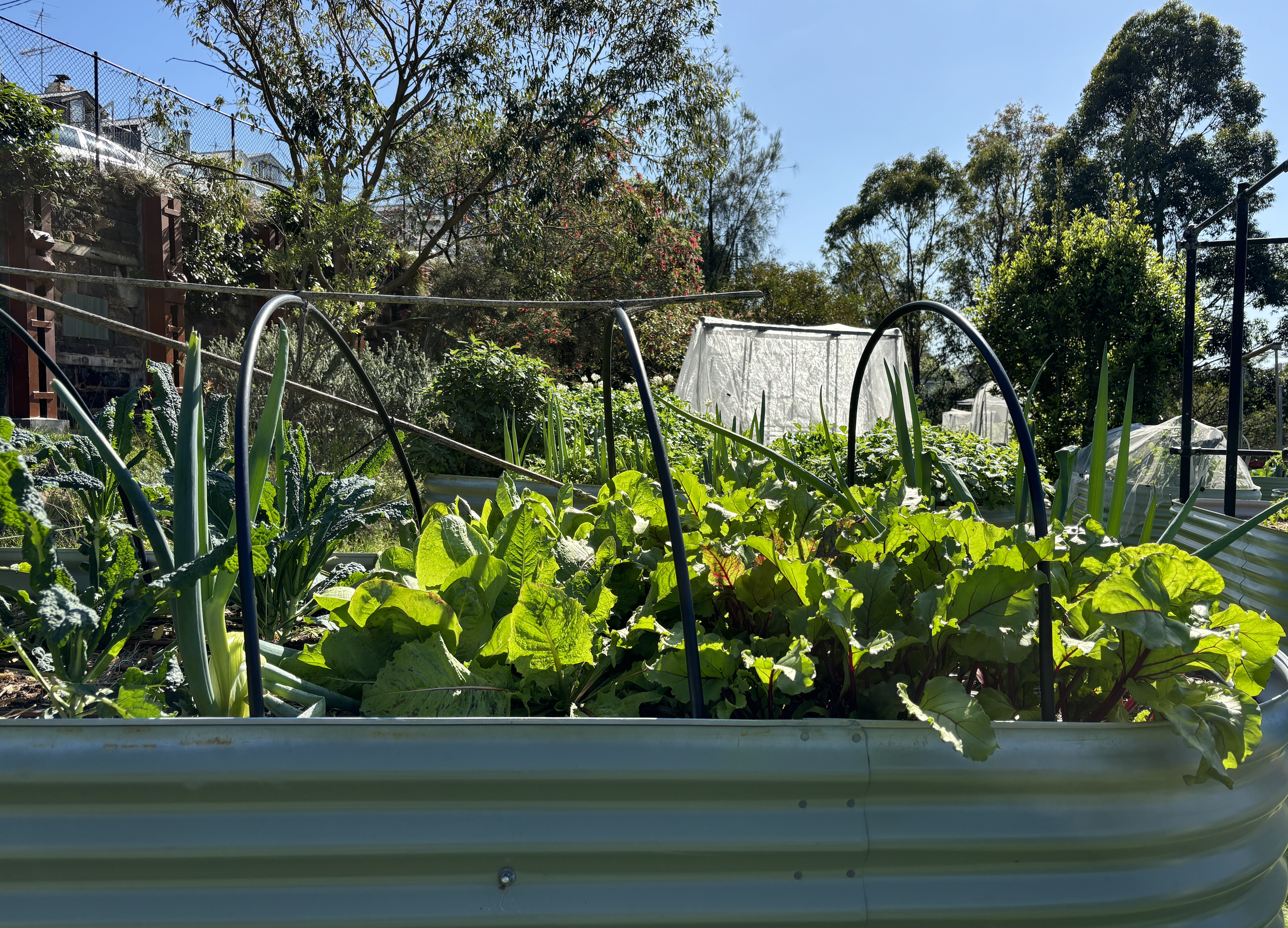
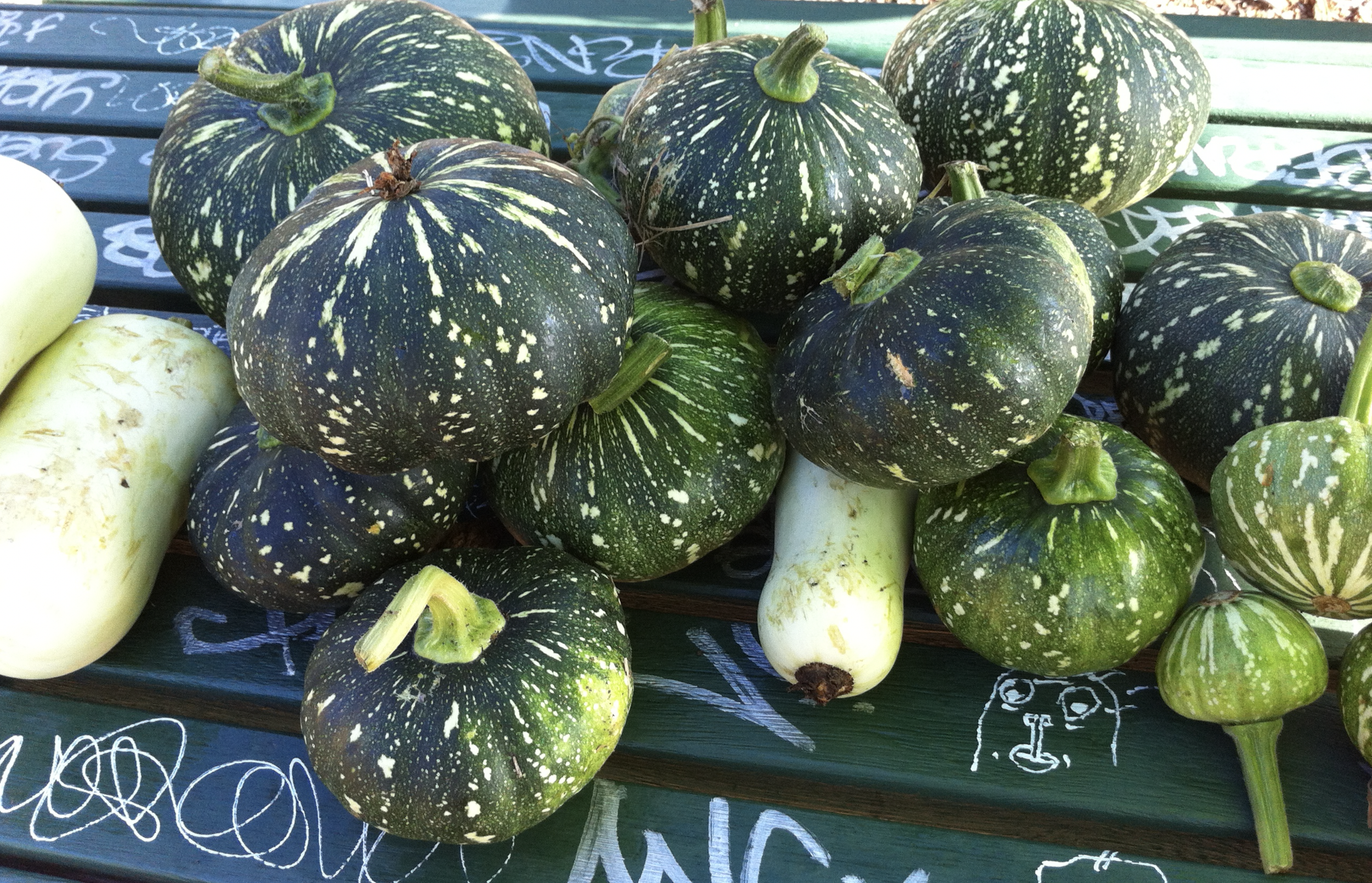
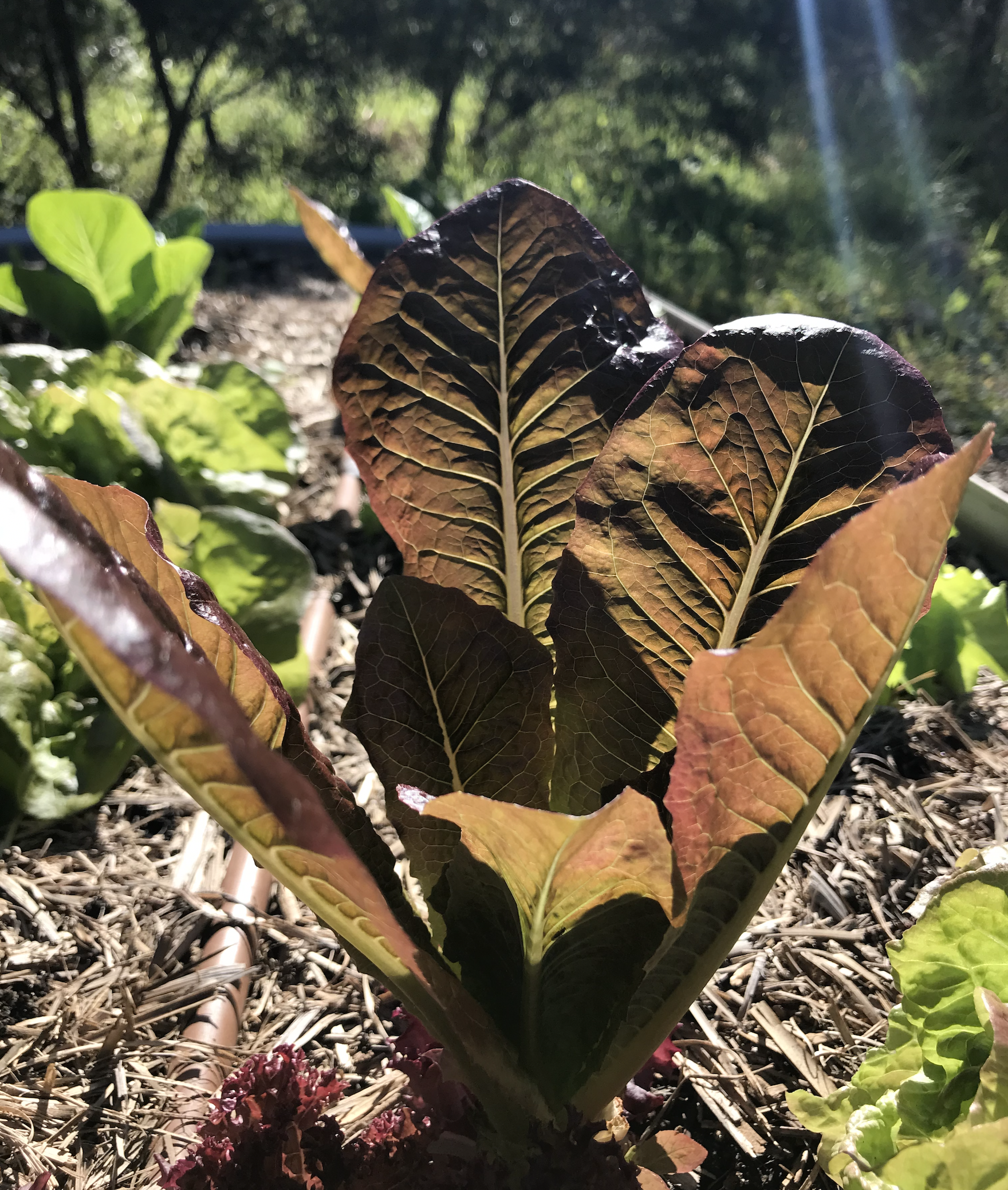
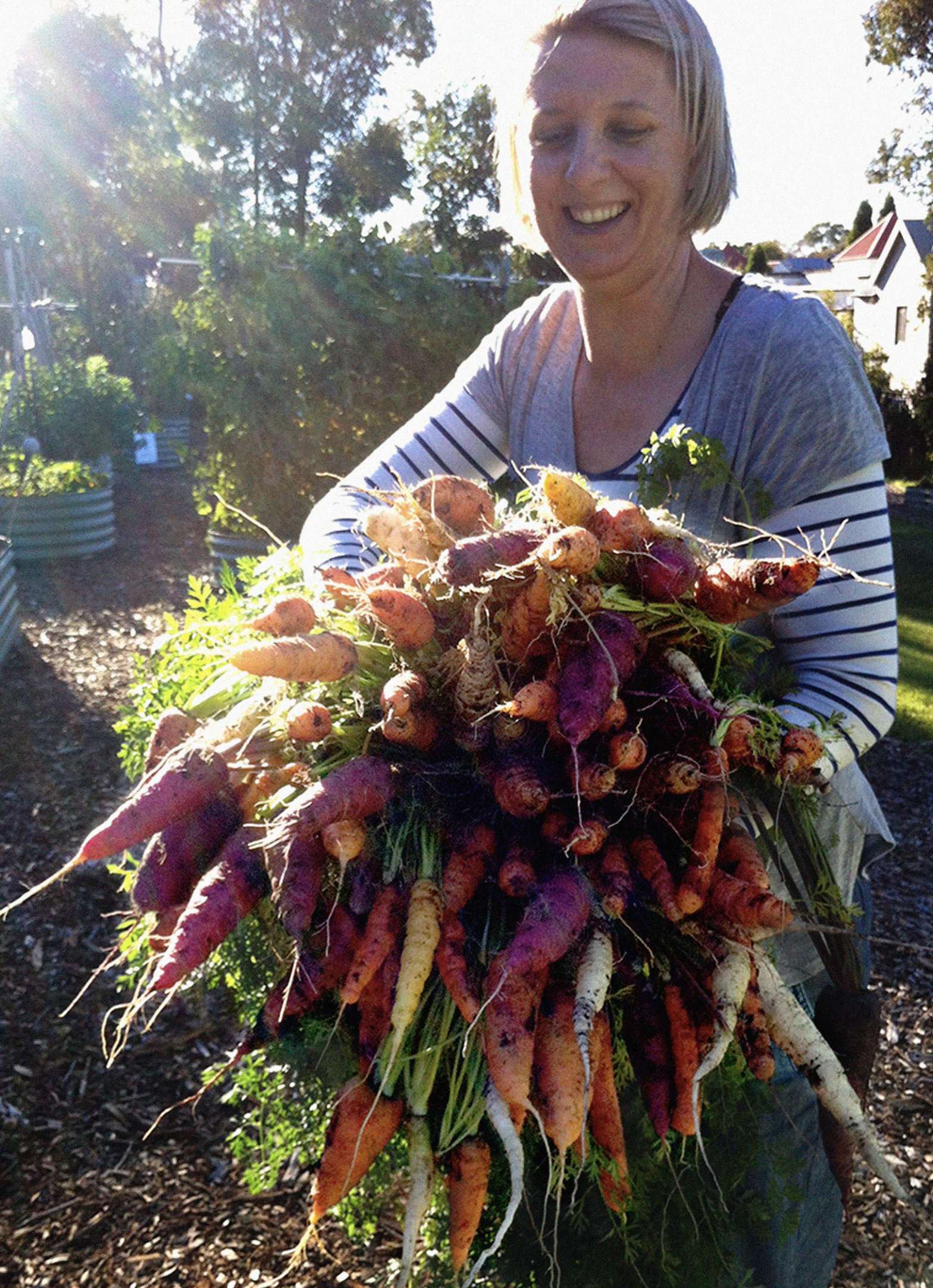
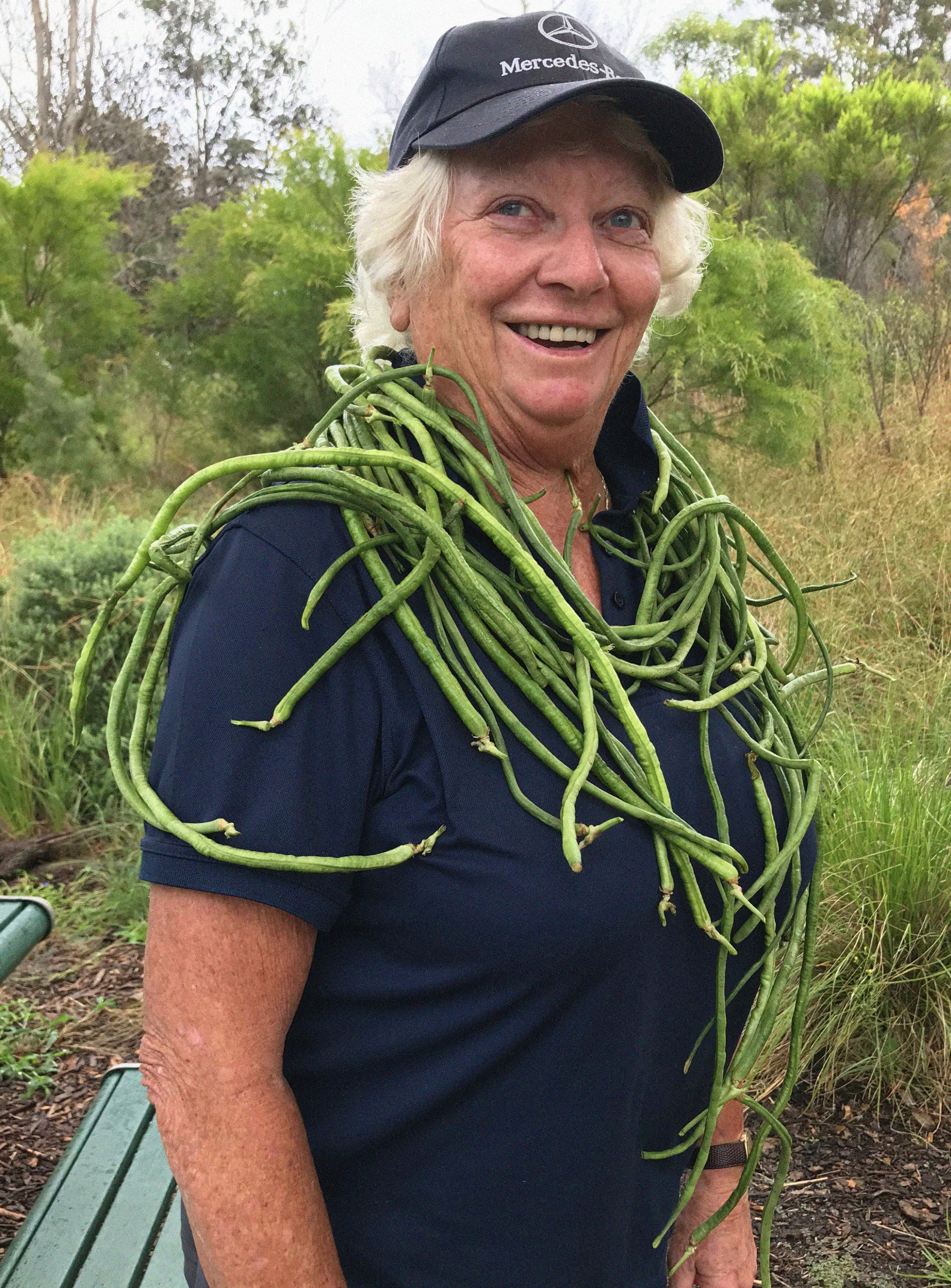
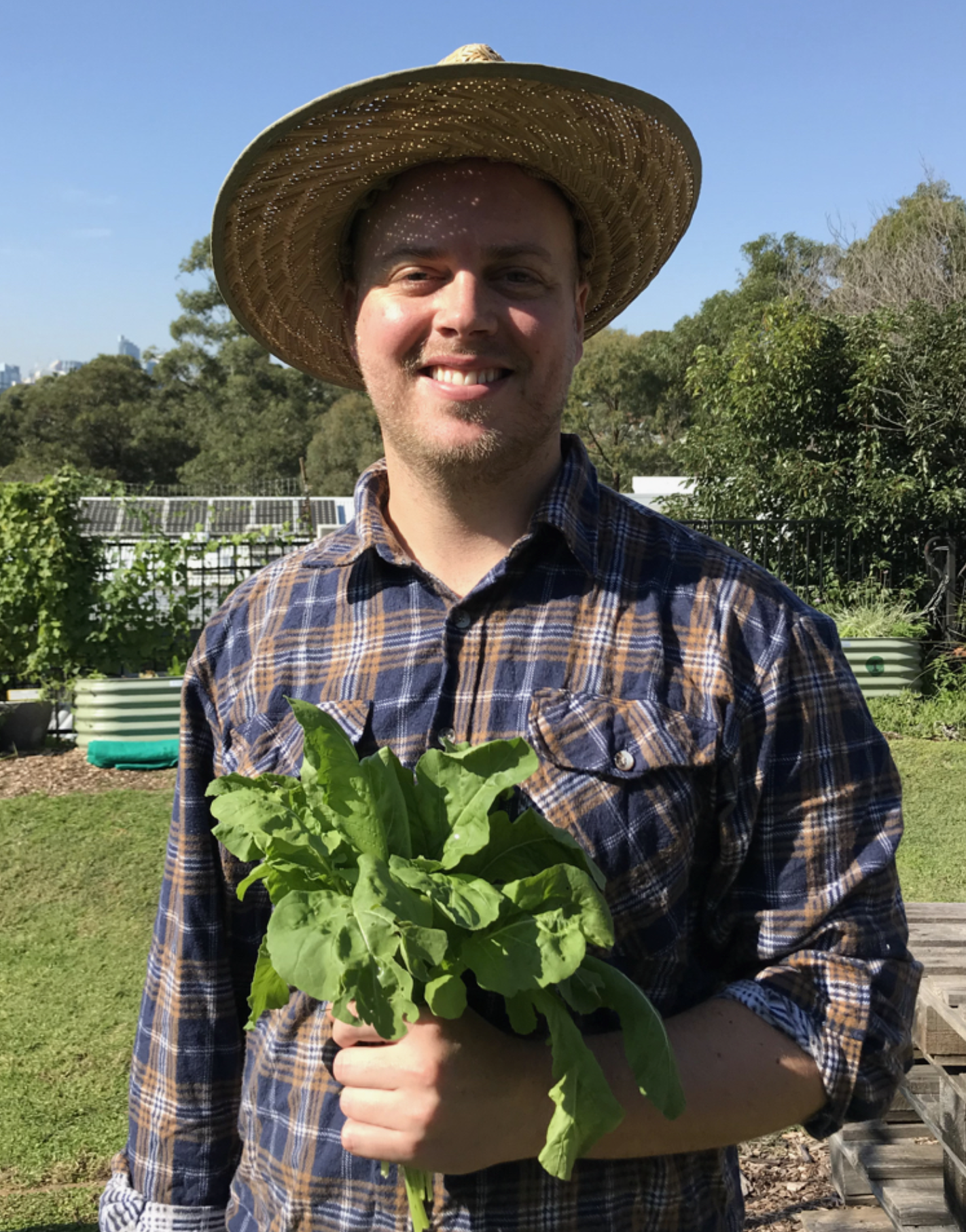

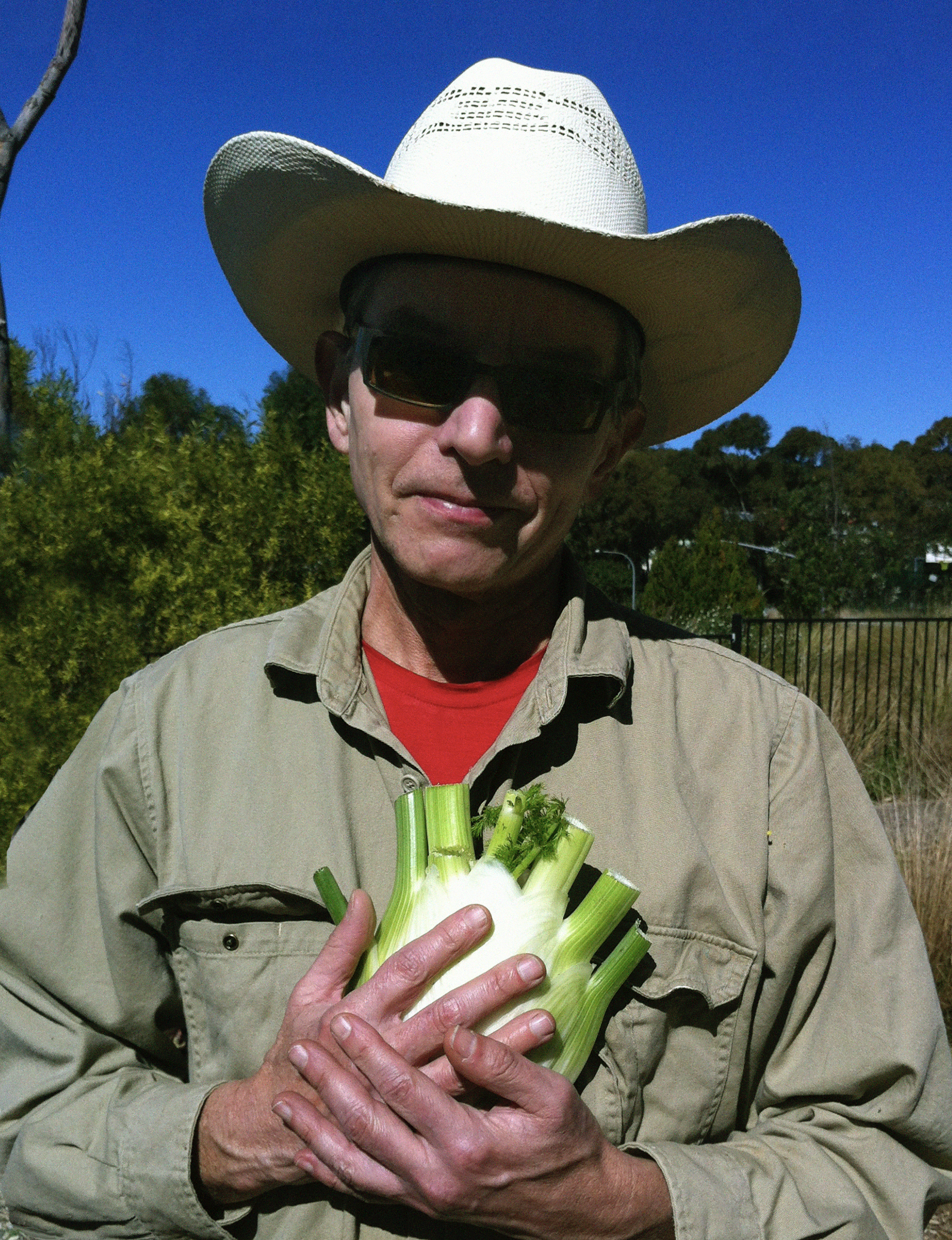

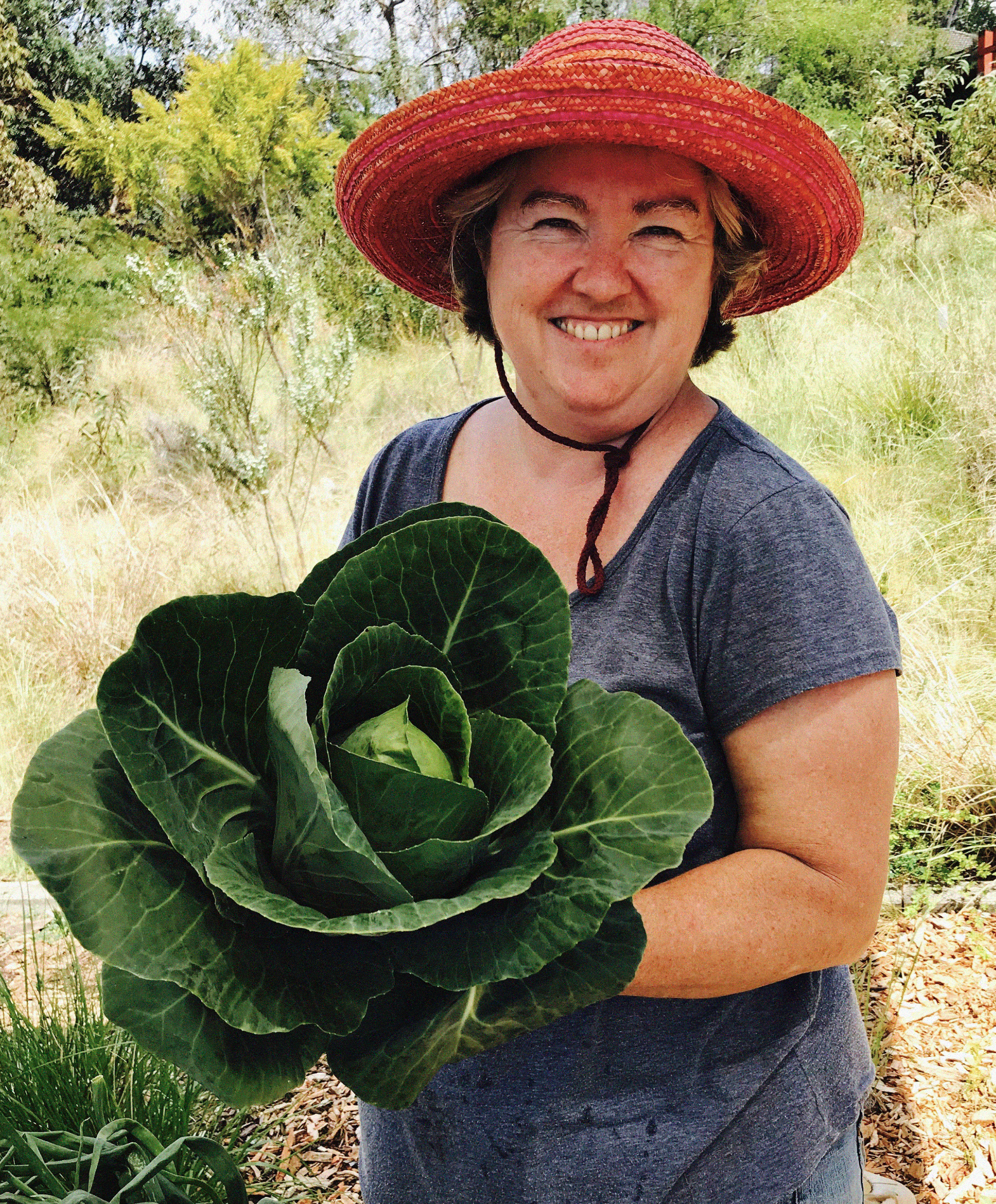
Our community garden is located in a public park at Mort Bay in Birchgrove and is run by an enthusiastic group of local volunteers
Mort Bay Community Garden acknowledges the Gadigal and Wangal peoples of the Eora Nation, the traditional custodians of the land the community garden is located on. The garden group recognises their continuing connection to land, waters and culture and pays respect to Elders past, present and emerging.
